
Blindness & Low Vision
Find resources for living with blindness and low vision. All About Vision's articles contain information on strategies, assistive technology and support for yourself or a loved one.

Anchor Center for Blind Children provides services to young kids with impaired vision. Learn how the center supports children and their families.

Low vision is uncorrectable, but there are many ways to adjust a senior’s lifestyle to ease the inconvenience of the visual impairment.

A new typeface developed by graphic designers and the Braille Institute helps improve legibility of text for low-vision readers.

For Disability Pride Month, discover what resources are available to get the support you need.
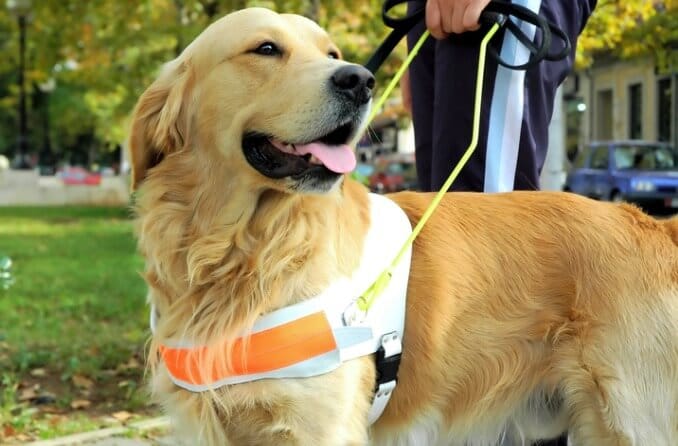
Guide dogs can help people with visual impairment navigate the world around them. Learn how to obtain a guide dog, and more about these amazing animals.

This guide covers disabled students’ rights, common obstacles and accommodations, plus top schools and scholarships for visually impaired students.

Get information and support for mental health struggles related to vision loss.
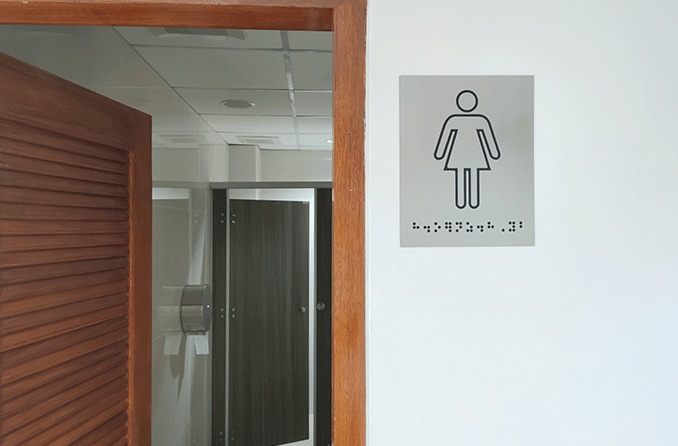
Follow this helpful guide for requesting ADA accommodations in the workplace.
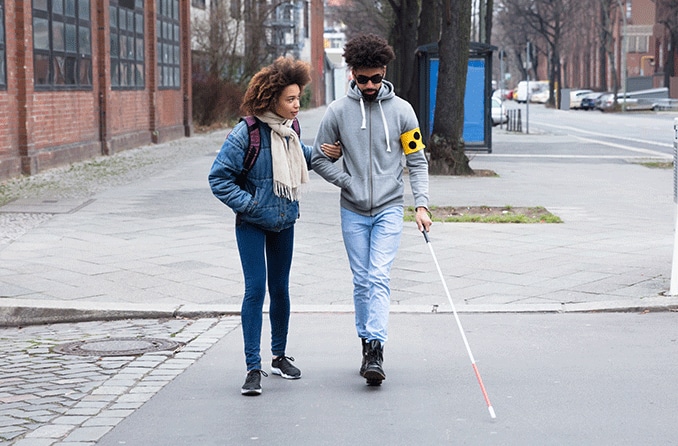
Learn the different ways you can support and advocate for a person with visual impairment.

Learn how to use free features on your computer, laptop or phone to make the internet more accessible with impaired vision.

Learn what it means to have low vision and get strategies for navigating daily life.

Visually impaired computer users can benefit from specially designed low vision devices and magnifiers.

Guide to low vision aids and ways to use them, including reading devices such as hand-held and video camera magnifiers.

How do people of all ages cope with low vision? These 10 strategies are the most practical and popular ways to deal with low vision.

Magnifying glasses are indispensable whether used for improving impaired vision, for reading small print as we age, for detail-oriented hobbies or to aid professional clinicians.
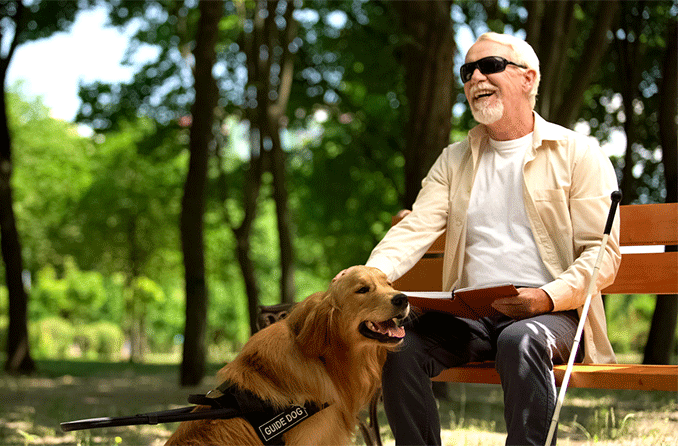
A list of apps, organizations, schools, scholarships, products and other resources for the legally blind, as well as for their family and friends.

Services and resources to help visually impaired veterans find the support they need to overcome challenges from blindness and low vision.

Where to get help if you have a visual impairment that cannot be corrected with glasses, contact lenses or eye surgery.
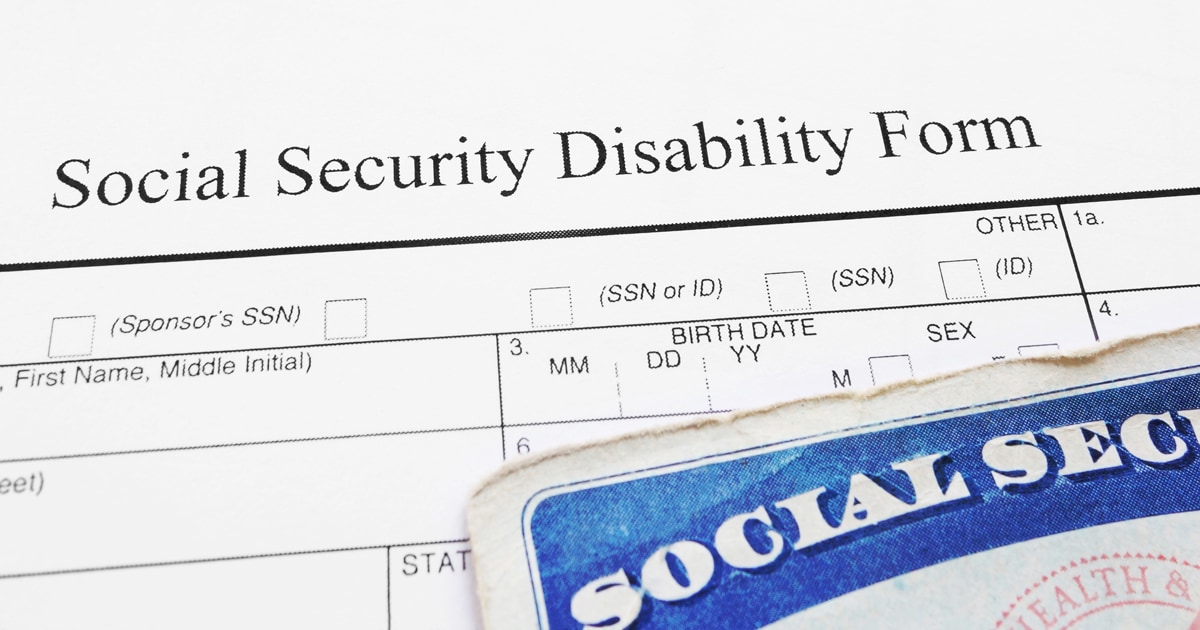
How to apply for Social Security Disability benefits if you are legally blind or visually impaired and need financial assistance.

Yellow bumps on the sidewalk play an important role for those who are visually impaired, legally blind or have low vision.

More than 4 million U.S. adults over 40 are blind, and the most common causes of blindness are aging-related eye conditions such as cataracts and glaucoma.
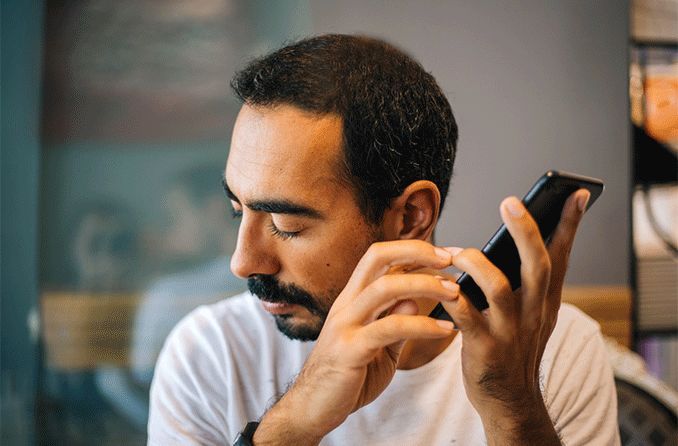
Visual impairment is often used to classify many different forms of vision loss. But it usually means vision that can’t be fully corrected with glasses or contacts.

Temporary blindness and blind spots can be caused by both mild and severe underlying problems. Learn more about these unexpected vision problems.
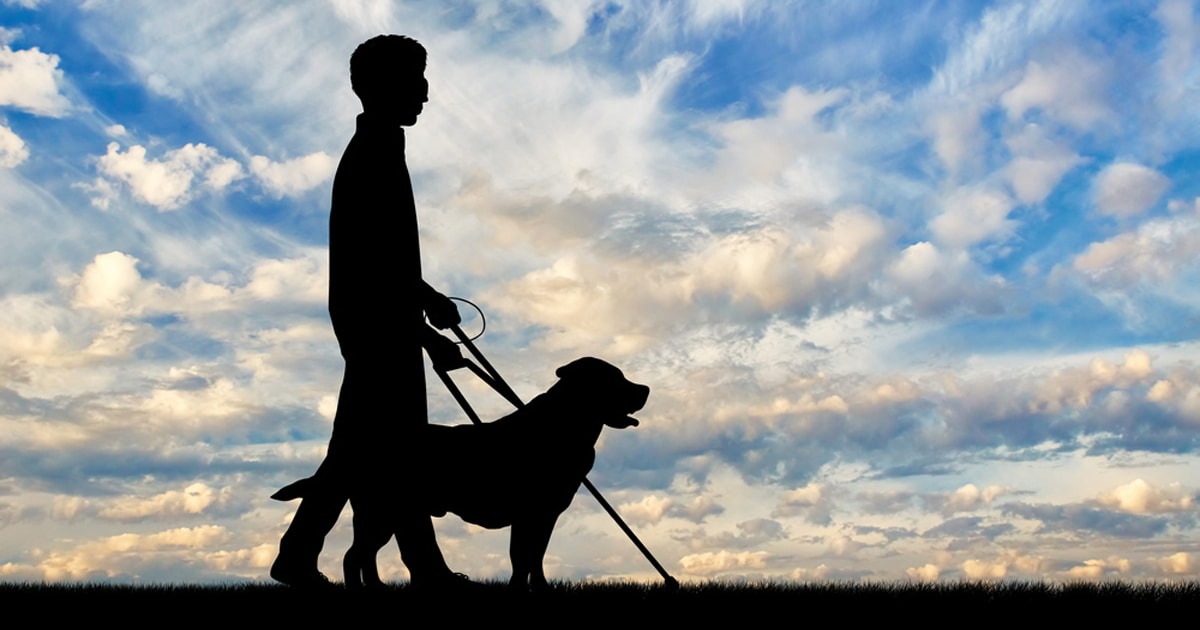
Learn what the term legal blindness means, what can cause it and what resources are available for people who are legally blind.
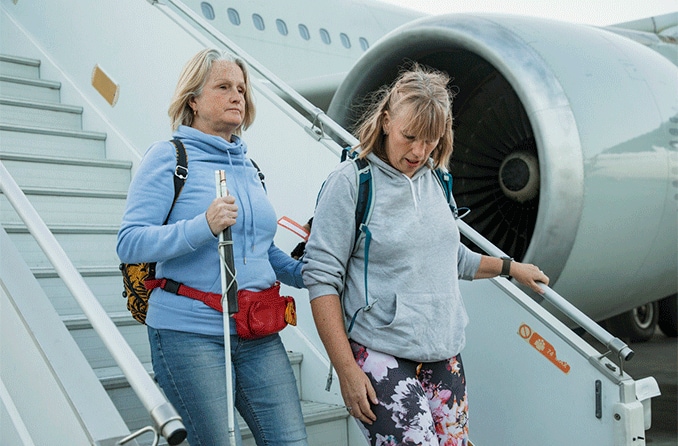
Plan your next trip with this comprehensive guide on travelling with vision impairment.
All About Vision and AllAboutVision.com are registered trademarks of AAV Media, LLC. © 2000-2025 AAV Media, LLC. The content on this site is for informational purposes only. All About Vision does not provide medical advice, diagnosis or treatment. Contact an eye doctor if you need medical attention.